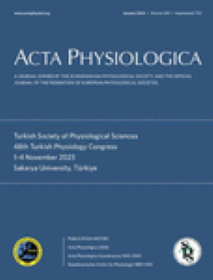Anatomical mapping of neural lineages expressing the transient receptor potential vanilloid type 1 receptor using a modified and combined PACT and CUBIC protocol for rapid tissue clearance
Abstract
Aim
Tissue clearance is a rapidly evolving technology that allows for the three-dimensional imaging of intact biological tissues. Preexisting tissue-clearing techniques, such as Passive Clarity Technique (PACT) and Clear Unobstructed Brain Imaging Cocktails and Computational Analysis (CUBIC), clear tissues adequately but have distinct disadvantages, such as taking extensive time to clear tissues and degradation of endogenous tissue fluorescence. We developed a new tissue-clearing technique combining PACT and CUBIC protocols to map the neural lineages expressing the transient receptor potential vanilloid type 1 (TRPV1) receptor.
Methods
To test the effectiveness of this modified protocol, a TdTomato reporter mouse line was crossed with a separate mouse line containing Cre recombinase under the control of the TRPV1 promoter, which would result in TRPV1 cell lineages expressing green fluorescence protein (GFP).
Results
Compared to the PACT protocol that requires several weeks to months for tissue clearance, our approach reached a satisfactory clearance within 3 days in all neural tissues as well as several non-neural tissues such as colon, duodenum, and pancreas. Compared to the CUBIC approach, all tissues reserved strong GFP fluorescence. Robust GFP fluorescence was visualized in sensory neuronal soma but not in sympathetic ganglia neuronal soma. On the other hand, GFP fluorescence in the TRPV1 cells appeared to be expressed throughout the epithelium of the duodenum and colon and the arteriole smooth muscle in all non-neuronal tissues.
Conclusion
This study shows that our combined PACT and CUBIC (CPC) protocol can clear tissues in significantly less time while preserving tissue integrity and fluorescence.


 求助内容:
求助内容: 应助结果提醒方式:
应助结果提醒方式:


